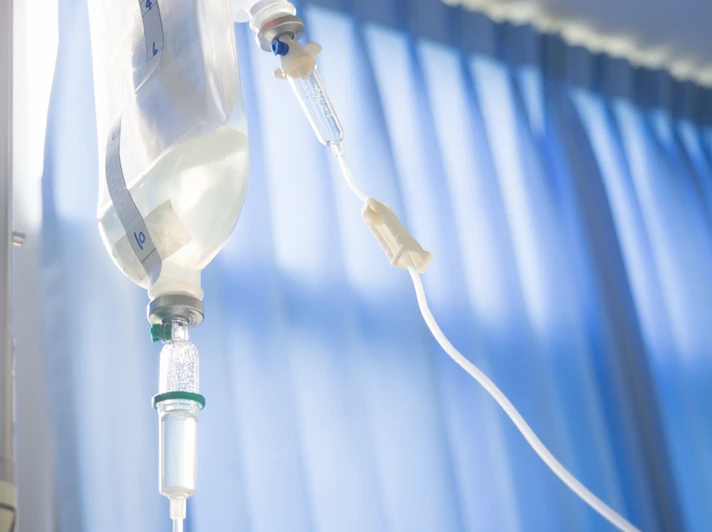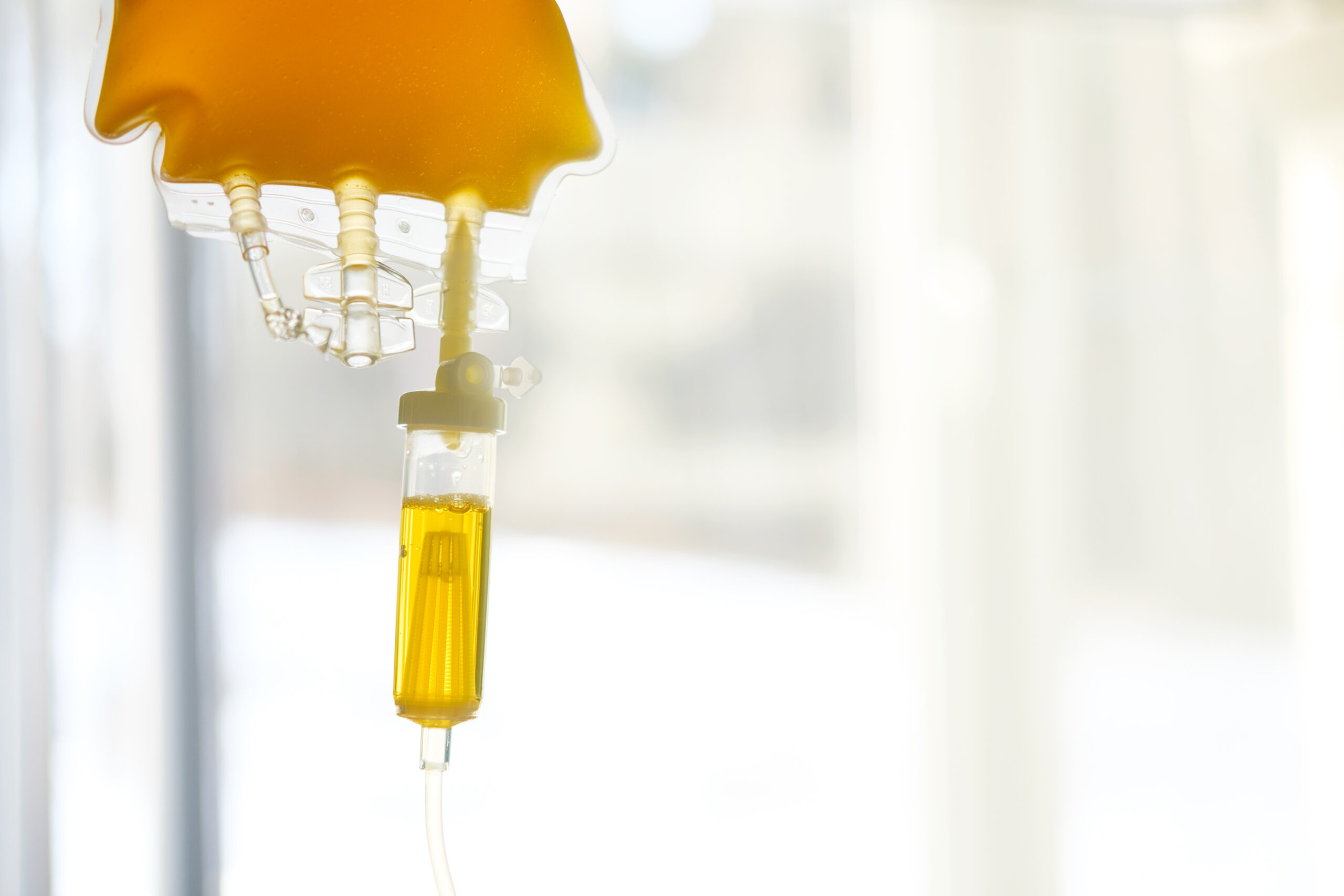
Early Use of Norepinephrine in Septic Shock Resuscitation (CENSER):
“Have you frequently wondered, when is the BEST time to start NE drip in the ER when you have a patient in septic shock? How much fluids should a patient get before starting NE and what dose? Is NE infusion hazardous if adequate fluids have not been given first?”
Prior retrospective studies have suggested that early use of norepinephrine in septic shock reduces time to blood pressure normalization and may also decrease mortality. This paper tests the same hypothesis with a randomized, double-blind, prospective, single-center study in Thailand. The study randomized patients within 1 hour of presentation, and the treatment group received a non-titratable dose of norepinephrine at 0.05mcg/kg/min for 24 hours. The remainder of standard treatment including antibiotics, crystalloid fluids, source control, and organ support were similar in each arm.
EARLY initial of fixed of NE 0.05 mic/kg/min was more effective in achieving septic shock resuscitation goals by 6 hours ( MAP>65 mm, UO >0.5 ml/kg and lactic clearance >10%) compared to usual care.
Shock control ( MAP >65 mm) was better in the treatment group at 6 hours (76.1% vs 48.4%; P <0.001) but NOT lactate clearance or urine output. Interestingly, there was no difference between the groups for mechanical ventilation, renal replacement therapy, or organ support-free days. However, the treatment group had lower rates of cardiogenic pulmonary edema 14.4% vs 27.7%; P =0.004) and new-onset arrhythmia (11% vs 20%; P =0.03). NE infusion was started in the treatment group average 90 minutes of arrival, about 100 minutes earlier than usual group
Further, there was no difference in the amount of fluids administered prior to initiation of pressors ( average 800 mls.) or the total fluids administered at 6 hours between the two groups so presumably early NE administration alone accounted for improvement in hemodynamic status. There was no difference in mortality or ICU LOS. Further fluids in this study, were not guided by FLUID responsiveness as is currently recommended in the NEW SCCM guidelines which may further improve fluid management in OUR current day practice. Many studies have shown recently that POSITIVE fluid balance by DAY 3 is a major mortality predictor.
So what’s the Bedside take home message?
This well designed RCT suggests that EARLY utilization of low dose NE (<0.1 mic/kg/min) following administration of 1 liter of saline is not only safe but may achieve BP goals faster ( 210 minutes vs. 285 minutes), and reduce the incidence of cardiac events such as pulmonary edema and arrhythmias in patients with septic shock. So watch the fluid balance!!
Also IF we continue to evaluate fluid responsiveness with utilization of Cheetah, echo at the bedside and IVC collapse to reduce fluids boluses that do not increase cardiac output, and avoid maintenance IV fluids we may further improve our sepsis outcomes.
Let’s get some feedback…
Link to Pubmed Abstract: https://www.ncbi.nlm.nih.gov/pubmed/?term=Early+Use+of+Norepinephrine+in+Septic+Shock+Resuscitation+(CENSER)


